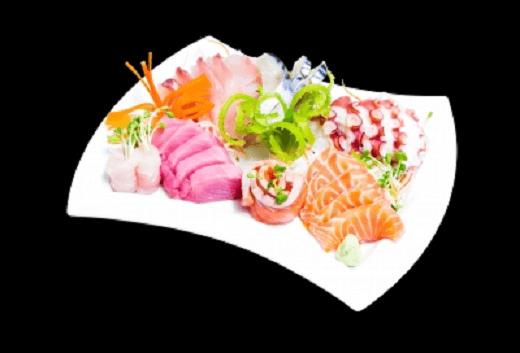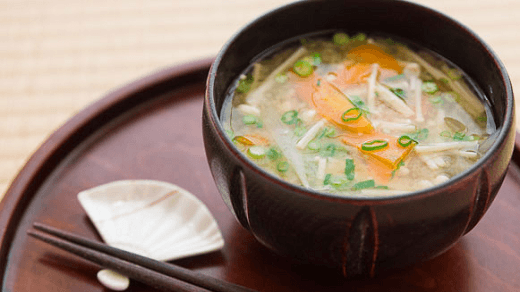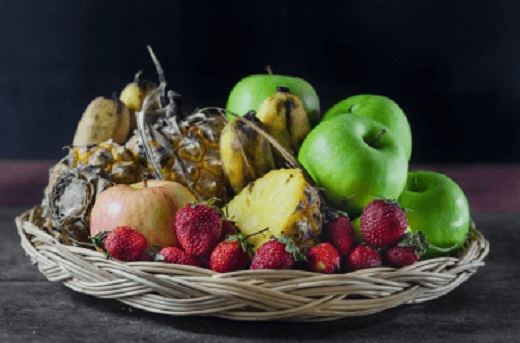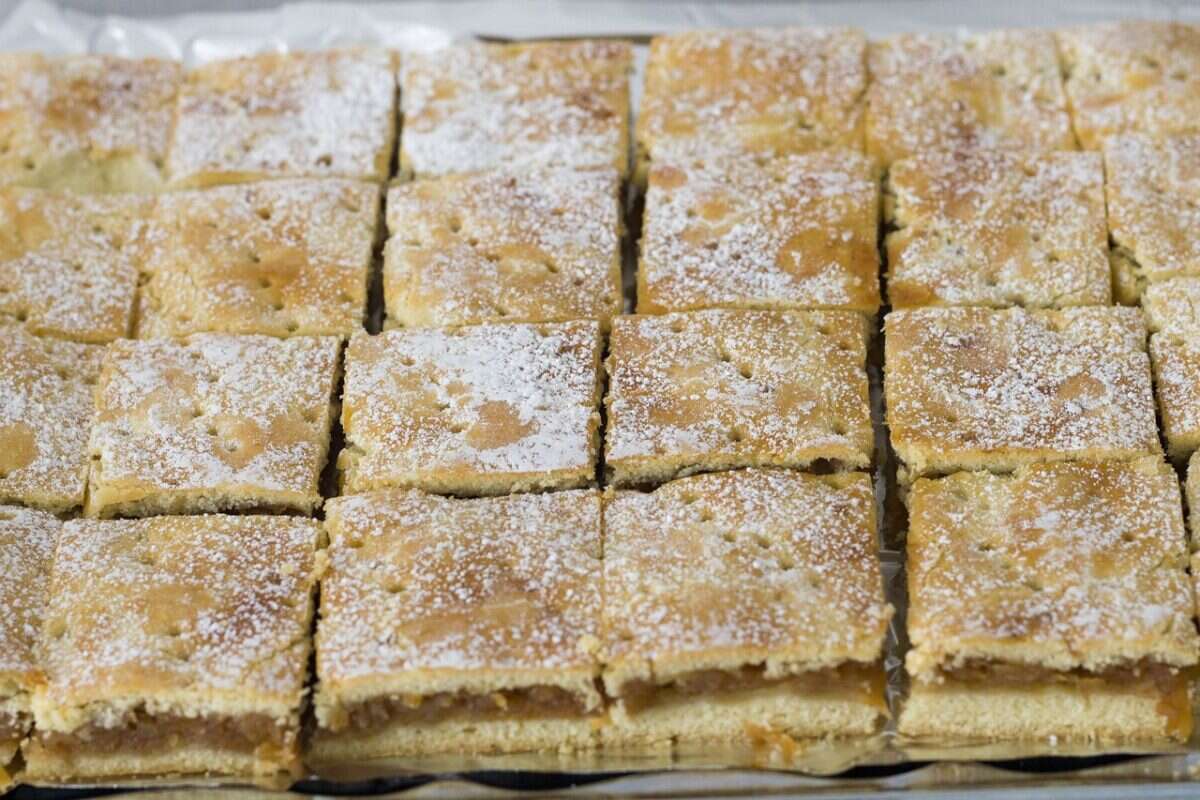Fish and seafood in a macrobiotic diet by Cvijeta Mesić
Due to the variety and of course quality nutrition, in macrobiotics people who are in good health have fish and seafood in their menu, as desired. The amount and frequency of consumption of these foods changes depending on the climate, age, type of work performed, ever-changing personal needs, etc. It varies from several times a week to occasional consumption of fish and seafood. The standard is about twice a week. In cold, northern climates (more yin energy), where the growing season for vegetables and grains is short, more fish and seafood are eaten (more yang energy). On the contrary, in warm, tropical areas, smaller proportions of these products are, energetically, more in harmony with the environment. In accordance with their biological development, men eat relatively more fish and seafood than women. Much more often fish and seafood are taken by people who are very physically active or those who lack physical vitality. Also, those who decide to switch from a modern diet to a diet based on whole grains and vegetables eat more fish and seafood instead of meat and dairy products, in order to make it easier for themselves to adapt to the new way of eating.
In the macrobiotic diet, the most commonly used white sea fish are cod, sole, halibut, sea bass, sea bream, etc. Freshwater whitefish include trout, pike, perch, etc. Fish that are occasionally used in the macrobiotic diet are blue fish - herring, salmon, sardines, tuna, swordfish. Seafood includes crabs, lobster, clams, octopus, shrimp, squid, etc.
Fish and seafood can be prepared in truly countless ways. They can be eaten raw (sushi and sashimi), marinated with different combinations of miso, shoju sauce, and spices. They can be baked, boiled, fried, steamed, etc. Toppings that balance the very yang energy of fish and seafood include grated daikon (a type of radish), chopped scallions, grated ginger root, fresh lettuce, wasabi horseradish, lemon, orange, horseradish and more. It is good to eat fish boiled in summer and fried in winter because of the harmonization of energies. Fruit or dessert is also taken afterwards, all to balance the strong constricting energy of fish and seafood, because fish and seafood have extreme yang energy, and fruit and desserts have extreme yin energy.
According to the World Health Organization, fish and seafood are valid sources of B12 for vegetarians. These foods also have a high percentage of protein, as well as more unsaturated fatty acids than saturated.
In the gourmet macrobiotic diet that I prepare, fish and seafood are often ingredients in soups, stews, and stews. I steam them, fry them or bake them in the oven. I use them about twice a week.
FISH STEW
1 cup total – finely chopped onion, carrot, cauliflower and some green leafy vegetables
2 cups of water
150-200 grams of fish, cut into pieces
Shoyu soy sauce to taste (1-2 teaspoons)
1 teaspoon of kuzu powder (dissolved in 2-3 tablespoons of cold water)
A few drops of ginger juice
Chopped parsley leaf for garnish
Bring the vegetables to a boil, reduce the heat and cook for about fifteen minutes. Add fish, soy sauce, cook for 5-6 minutes. Add dissolved kuzu and ginger, stir and cook for 2-3 minutes. Garnish with parsley.
Cvijeta Mesic, Authorized instructor macrobiotic cooking by School of Healing Arts, San Diego, USA









